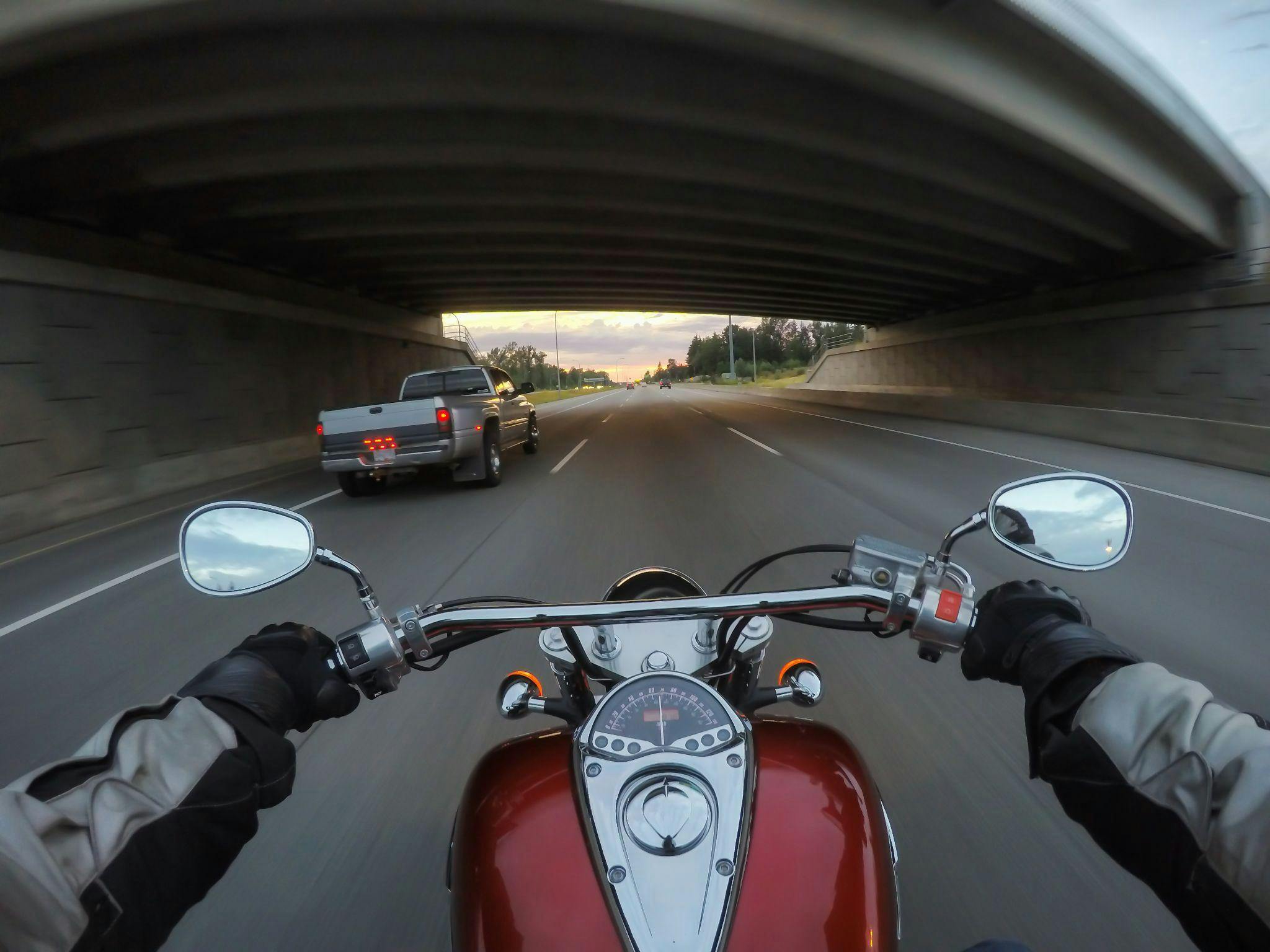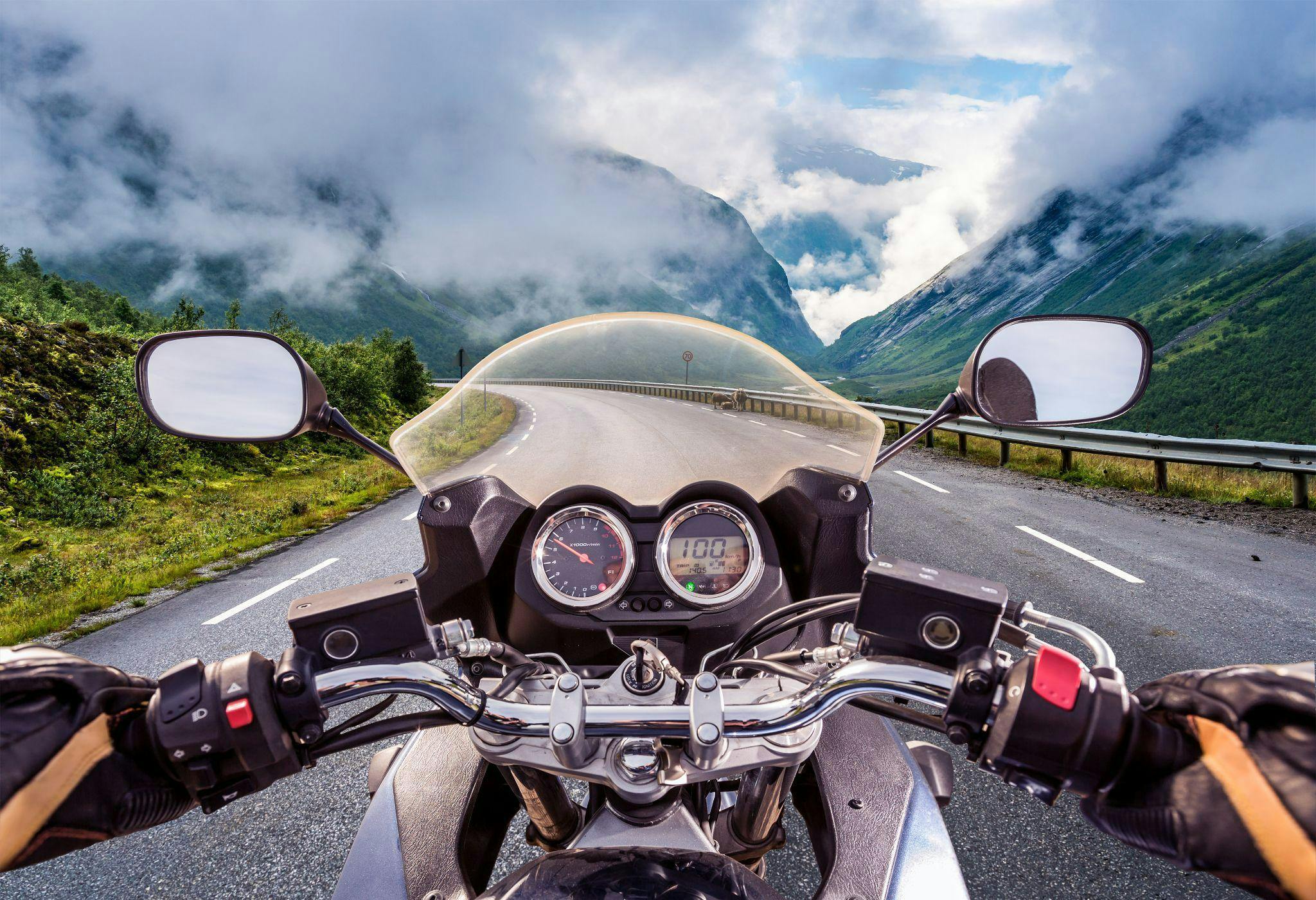Safety First
With the downturn in the economy, more drivers are just carrying the state-required minimum insurance coverage or no insurance at all. Therefore, it is crucial that motorcycle drivers have sufficient uninsured (UM), underinsured (UIM) and personal injury protection (PIP) coverage.Minnesota motorcycle owners are required by law only to carry liability insurance. Liability insurance, however, only protects you from claims arising out of injuries or damage that you cause to other people or property. It will not protect you if you are injured. The state of Wisconsin, however, requires a motorcycle driver to carry uninsured (UM) coverage, but this is not required in Minnesota. Neither state requires personal injury protection (PIP) coverage that will provide payment for your medical expenses and income loss regardless of who is at fault.
This additional coverage is very important and recommended for a motorcycle rider and passenger. These are the only types of coverage you can purchase that protect you if you are injured by a person who has no insurance or a person who does not carry enough liability coverage to cover your damages.
Many insurance companies have passenger exclusions on their policies, which means that your insurance company will not pay for injuries to your passenger under your bodily injury coverage if you are at fault. Talk with your insurance agent about adding these very important protective features to your motorcycle policy.
Statistics show that in 78% of all motorcycle/automobile accidents, the driver of the automobile is at fault. You cannot control whether or not another driver has insurance but you can control whether you have enough insurance to protect you and your passenger.
10 Things Drivers Should Know About Motorcycles
-There are a lot more cars and trucks than motorcycles on the road. Look for motorcycles, especially when checking traffic at an intersection.
-Because of its small size, a motorcycle may look farther away than it is. When checking traffic to turn predict a motorcycle is closer than it looks.
-Motorcycles can be easily hidden in a car's blind spot or masked by objects or backgrounds outside a car. Take an extra moment to thoroughly check traffic.
-Because of its small size a motorcycle may seem to be moving faster than it really is.
-Motorcyclists often slow by downshifting or merely rolling off the throttle, thus not activating the brake light. Allow more following distance, say 3 or 4 seconds.
-Turn signals on a motorcycle usually are not self-canceling, thus some riders forget to turn them off after a turn.
-When a motorcycle is in motion, don't think of it as a motorcycle; think of it as a person.
-Stopping distance for motorcycles is nearly the same as for cars, but slippery pavement makes stopping quickly difficult. Allow more following distance behind a motorcycle because it can't always stop "on a dime."
-Maneuverability is one of a motorcycle's better characteristics, especially at slower speeds and with good road conditions, but don't expect a motorcyclist to always be able to dodge out of the way.
-Motorcyclists often adjust position within a lane to be seen more easily and to minimize the effects of road debris, passing vehicles, and wind. Understand that motorcyclists adjust lane position for a purpose, not to be reckless or show off or to allow you to share the lane with them.












